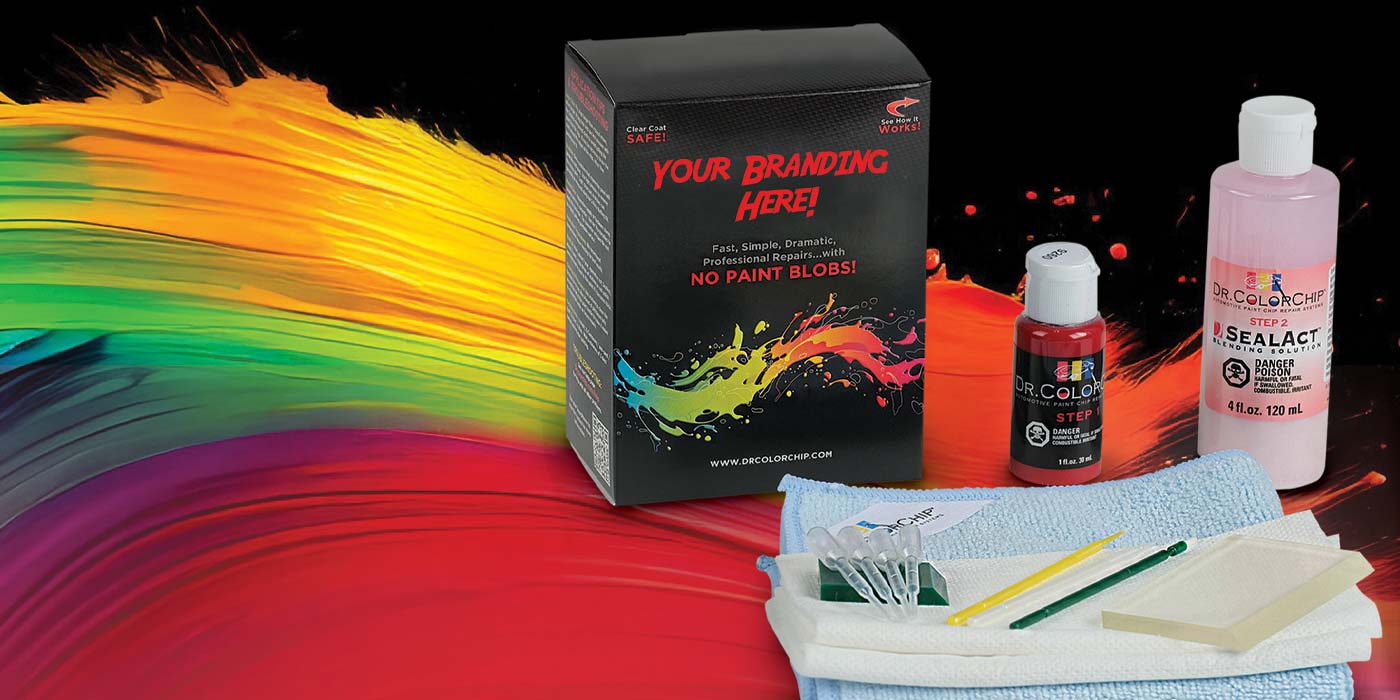Over the years, there has been a slow evolution of how we do business in the automobile industry. Essentially, not much changes and, if it does, it’s so slow that it is imperceptible. The good news that comes from this phenomenon is that we know what works and what doesn’t. In some cases, though, we keep doing the same things just because our competition does it and we go along thinking that we will suffer if we don’t follow along.
I’ll use a common practice to demonstrate this point: direct mail. We hire a direct mail company with the intent of driving business to our doors. They acquire lists that are generally geographical or demographical and prepare an offer or incentive. They then use the United States Postal Service to reach out to these potential customers. The theory is that mail hits the mailbox and the potential customers might respond to the offer. The truth is that consumers are averse to this type of marketing and, for the majority, they simply discard the offer as “junk mail.” The small group of customers who do respond amounts to less than 3 percent.
So, let’s break this down. A direct mail company will charge a fee per consumer, including mail costs. A typical mailing could easily include 20,000 pieces. The offer is generally a below-cost service that the dealer will lose money on, with the hope of being able to up-sell the customer when they respond. Industry results tell us that you might get a 1.5 percent response, so you can readily see that this is not cost-effective. Add to this the loss you are taking on whatever incentive you have put together and you end up with a net cost that just doesn’t make sense.
Insanity.
These customers are not advocates of your brand. History tells us that only about 10 percent of those responding will buy the up-sell. Here is the saddest part of this form of marketing: You just spent all your advertising dollars to get a customer to come in for the loss-leader incentive, and they typically do not return for a second visit unless you send them another mailing.
Now, let’s contrast that with a simple rewards program that gives your customers an incentive to return to you to cash in rewards that they earned on their last visit.
A simple rewards program that awards points for dollars spent, redeemable upon the next visit, is not only cost effective but results in multiple visits to your store. The big difference is that you have a program that keeps your customers involved by rebating a small percentage of what they have already spent with you — and they keep coming back.
These programs generally cost you nothing as the return on investment greatly overrides any expense. The beauty of this concept is that your customer will respond to the up-sell at a higher percentage because they have “found money” they can apply to these services. Additionally, they keep returning because they know you appreciate their business and you keep rewarding them.
There are ancillary benefits to your business with this marketing approach in that you can award points for events you now spend money on. Examples are referral programs, compensation for a mistake, motivating your customer to “like” you on social media or respond to an offer to purchase whatever you are selling.
A rewards program does not have to be complex or hard to administer. If you partner with an established rewards company, they will make the process so simple that your staff will not be encumbered with an additional workload.
Rewards programs have been around for a while and customers are familiar with them; they also generally respond positively to the incentives at a much higher percentage. The one salient point in this comparison is that one marketing concept creates a one-time event at a high cost while the latter creates a lifetime of loyalty creating additional profits. In putting together your marketing budget, you must always consider ROI and, as you can readily see, one is astronomically expensive while the other is cost effective.
Take the time to explore this more-effective marketing and profit-generating program by contacting a professional company that can make it all very simple to put into effect for your store.
Stop the insanity!
Roy Olive














